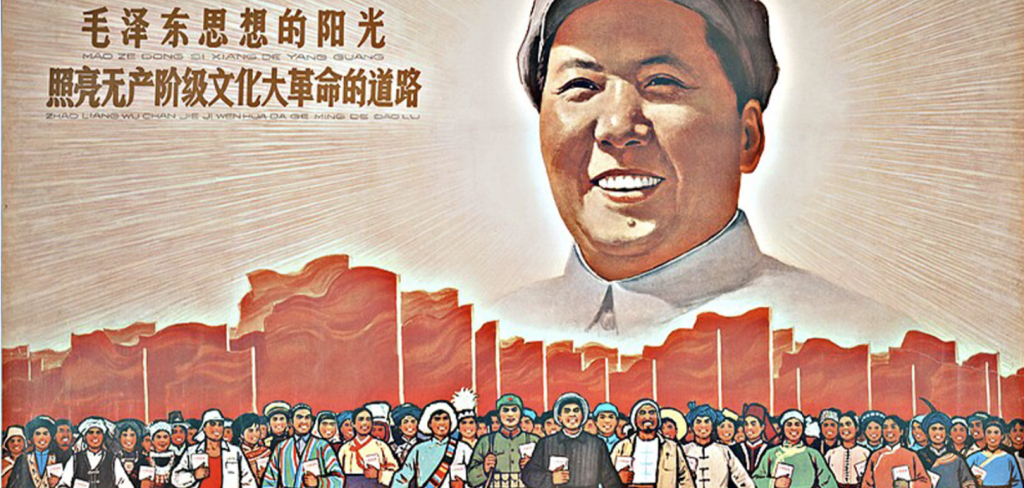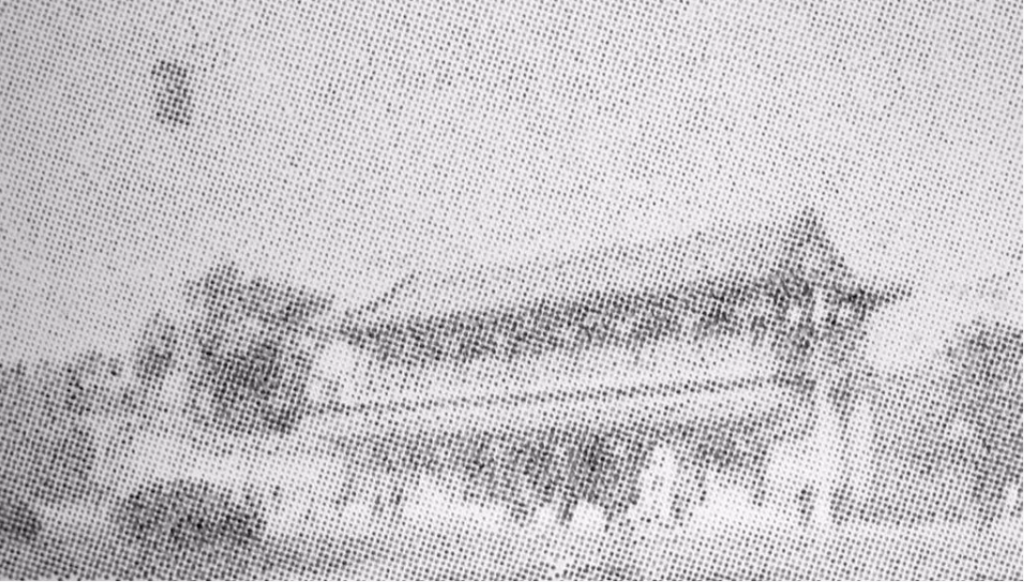Rich Man, Poor Health: Class and Health in Modern China
Gout, the “disease of kings,” and other chronic diseases are on the rise among China’s middle and upper classes.
When Xu Zhimei moved to the coastal city of Shenzhen 15 years ago, she had some catching up to do. Xu, a native of the landlocked Henan province, only ate meat a few times each year: if someone married, if someone died or during the Lunar New Year. She had her first bite of seafood at the age of 55.
“So when I came to Shenzhen, everybody, including my son, told me to eat a lot of meat and seafood, ‘to make up for your loss in the past decades.’” Xu said. “And I’m an old woman knowing nothing about food, I eat whatever is on the table. And it’s delicious of course, I never ate so many kinds of food in my whole life.”
Now, the 70-year-old woman suffers from gout, sometimes referred to as the “disease of kings” because of its association with diets high in expensive foods such as meat, seafood, alcohol, sugary food and soft drinks. She can barely walk on her own due to painful swelling and stiffness in her legs and feet caused by the buildup of uric acid and the formation of sharp, needle-like crystals in joints, a symptom of gout. Like many of China’s middle-aged and elderly people whose standard of living rose with the country’s recent decades of economic growth, Xu suffers from a host of other chronic diseases, including hypertension and obesity.
After her husband died, Xu left her poor, farming village to live with her son, a manager in a financial services company, in Shenzhen, located just north of Hong Kong on China’s southeastern coast. The city flourished at a phenomenal rate since it was declared a special economic zone in 1979. In the last 35 years, the tiny fishing village with a population of around 30,000 people has grown to a metropolis home to about 11 million permanent residents.
A study published in the peer-reviewed, open-access journal BioMed Research International analyzed data from across mainland China from 2000 to 2014. It showed that the prevalence of hyperuricemia, elevated levels of uric acid and a precursor to gout, and cases of advanced gout are generally high across the country. The study concluded that “residents in south China, which is an economically developed region, consume more meat, seafood and alcohol than residents elsewhere; therefore, the prevalence of hyperuricemia was higher in south China than in other regions.”
“People were concerned about not having enough food,” said Yanzhong Huang, Senior Fellow for Global Health at the Council on Foreign Relations. “Now, they are concerned about having too much food.”
According to Huang, who studies public health in China and East Asia, non-communicable diseases such as gout are the biggest public health challenge facing China today. In addition to an unhealthy diet, Huang said smoking and alcohol consumption are also to blame for the recent increase in these illnesses. He cited a 2012 study by the World Bank, which indicates 49 percent of males ages 15 and over smoke. Jun Jing, professor of anthropology at Tsinghua University in Beijing who studies the intersection of public health, lifestyle and culture, agrees. He said that middle-aged and elderly Chinese, who experienced a sudden increase in wealth during the 1980s, are “impatient” and unlikely to think about the consequences of indulging.
“I think it’s the first time in Chinese history we’ve had this much,” Jing said. “One generation ago, we still had famine.”
People like Xu Zhimei are old enough to remember atrocities like the Great Leap Forward, a failed economic program implemented in 1958 to jumpstart China’s industrial output. It resulted in the starvation and death of at least 30 million people. From 1966 to 1976, China endured the Cultural Revolution. Millions of officials and intellectuals were killed or sent to corrective labor camps, further stifling economic growth. Conditions began to improve when Deng Xiaoping returned to power as head of state in 1981 and enacted policies to revive the economy.
Nancy Chen, a professor of anthropology at University of California, Santa Cruz who studies the relationship between culture, food and health in China, said that food is not only an index of one’s well being, but also a symbol of social status. With more people eating out and taking advantage of easier access to meat and other foods that were once too expensive to eat regularly, chronic diseases seem to be sneaking up on many aging Chinese.
“As with any disease category, most people don’t know about it until it happens to them,” Chen said. “I think that unless it happens to them or a peer — someone in their age group or family — for the most part gout is less well known.”
Jiang Zuiyi is a 55-year-old government official in Shenzhen’s Yantian District. At first, he thought the bump on his ankle was just a sprain. But as the pain grew, he visited several doctors — those practicing both western medicine and traditional Chinese medicine — and discovered he had gout. Jiang’s three siblings, a brother and two sisters, have also been diagnosed with the disease. His 28-year-old son is already exhibiting elevated uric acid levels, an early sign of gout.
Jiang was diagnosed with gout in the mid-1990s, around the same time he moved to Shenzhen from Heyuan, an inland region of Guangdong province. As Jiang pointed out, Heyuan’s signature dish consists of bitter squash, eggplant and tofu. The protein of choice in the region is chicken. It wasn’t until he arrived in Shenzhen that he started eating large quantities of seafood.
He attributes his declining health to what he calls the “bad habits” of city life: easy access to late-night street food, business meetings over sumptuous banquets and lack of sleep.
Jiang now posts frequently on WeChat about efforts to treat his gout and encourages younger residents of Shenzhen to keep an eye on their health so that they might avoid the pain and frustration he has endured for the last 20 years.
“It cannot be cured,” Jiang said. “It can only be eased.”
By JAMIE MARTINES Apr. 21, 2016 on The Diplomat
Read more here








